Cubism and Fashion (1998)
Cubism’s essential role in the development of twentieth-century art, specifically through the innovative work of Pablo Picasso, Georges Braque, and others beginning about 1908, has been widely recognized for many years. The flat planes, indeterminate space, cylinders, cones, rotation, and use of collage in Cubist art revolutionized painting and sculpture, turning three-dimensional illusionism into abstract concept. Yet, little is known about the relationship between Cubist art and fashion.
Cubism and Fashion demonstrates for the first time how the fundamental traits of Cubist art were translated into fashion during the critical years from 1908 into the early 1920s and how Cubism has continued to influence designers even to the present. This volume, by juxtaposing art and fashion, shows how many of the most glittering and elegant dresses of the teens and twenties benefited from Cubist concepts. Significantly, this book does not extol rudimentary drawings for apparel by Cubist artists, but rather presents a critical study of the most accomplished creations by Poiret, Vionnet, Chanel, and other premier designers who assimilated Cubist principles. Here their work is shown next to art works by Georges Braque, Robert Delaunay, Juan Gris, Fernand Léger, Pablo Picasso, and other seminal artists of the early twentieth century. Richard Martin, Curator of The Costume Institute, The Metropolitan Museum of Art, argues that the influence of Cubism has been at least as powerful for fashion as it has been for bringing about a new way of seeing in the fine arts. During the teens fashion made its transformation from a full, rounded, static, and exaggerated shell built on the human body to a soft, dynamic cylinder revealing the body and reveling in flatness. This volume, accompanying an exhibition at The Costume Institute, provides an unprecedented view of the complete change of the fashion silhouette from three-dimensional and fixed shapes to two-dimensional and ephemeral forms, accompanied by a like shift in materials, which occurred rapidly during the years before World War I. As Martin writes in his Introduction in Cubism and Fashion, “In the search for a description of or analysis for fashion’s radical transformation, it becomes clear that Cubism possesses both the aesthetic proximity and the worldly diffusion to be not only metaphor but also cause.”
More Information
Description
| Place | New York |
|---|---|
| Publisher | Metropolitan Museum of Art : Distributed by H.N. Abrams |
| Date | 1998 |
| # Of Pages | 160 |
| ISBN | 978-0-87099-888-1 978-0-87099-889-8 |
Table of contents
Table of contents
Foreword
Philippe de Montebello
From Three Dimensions to Two
The Analytical Art
Pattern and Collage
Modern Enterprises
Fashion Rendering
Persistent Cubism
Art and Fashion
Acknowledgments
Bibliography
About the author
About the author
Richard Martin is a scholar of costume and fashion and the author of more than twenty major exhibition catalogues, including Infra-Apparel, Christian Dior, and Gianni Versace. In 1987, he wrote Fashion and Surrealism, the standard work on the subject, to which Cubism and Fashion is a companion volume.
External links
Student reviews
You must be logged in to post a review.

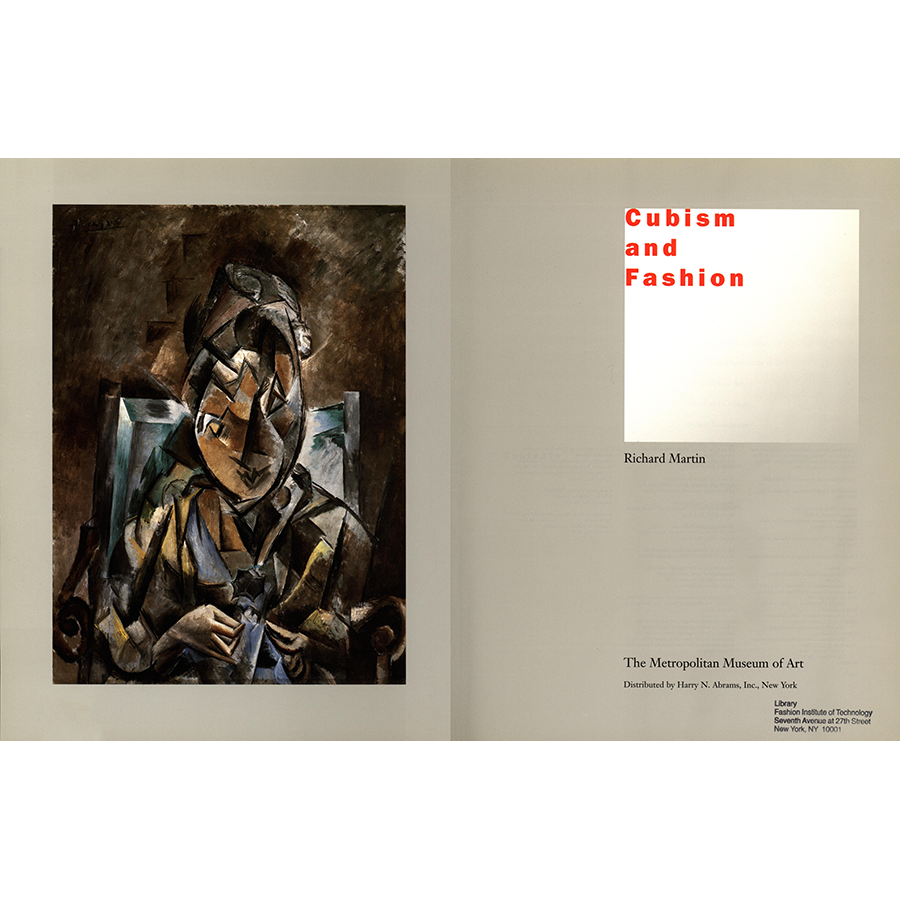
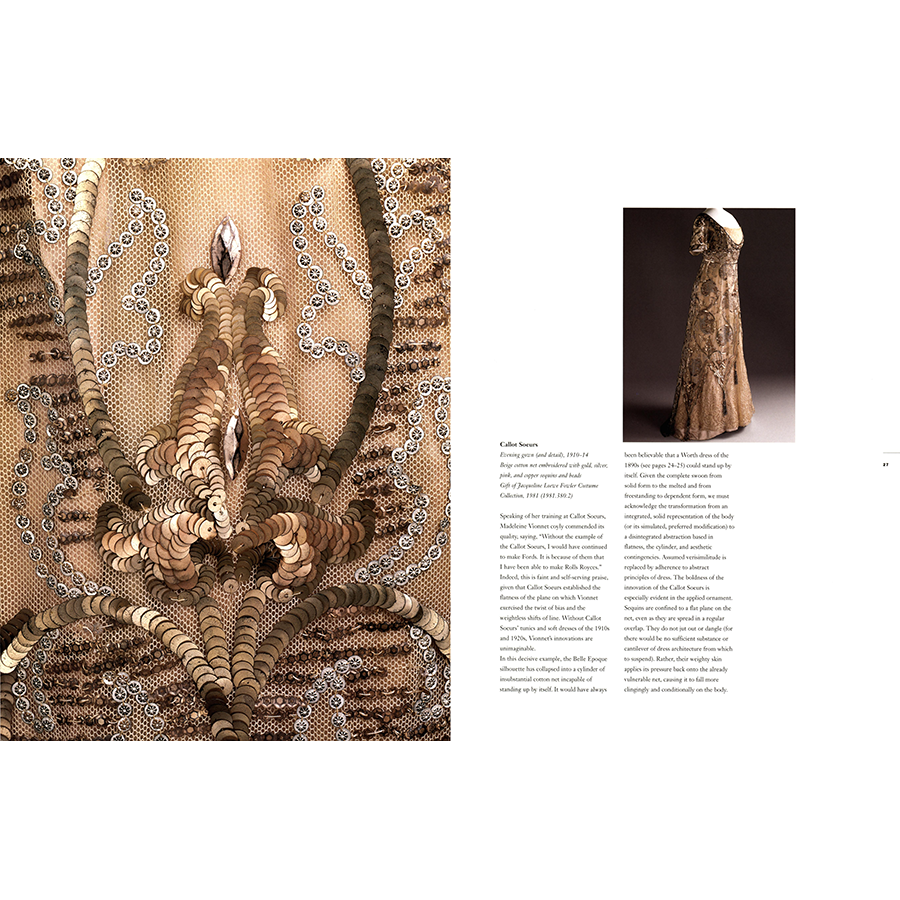
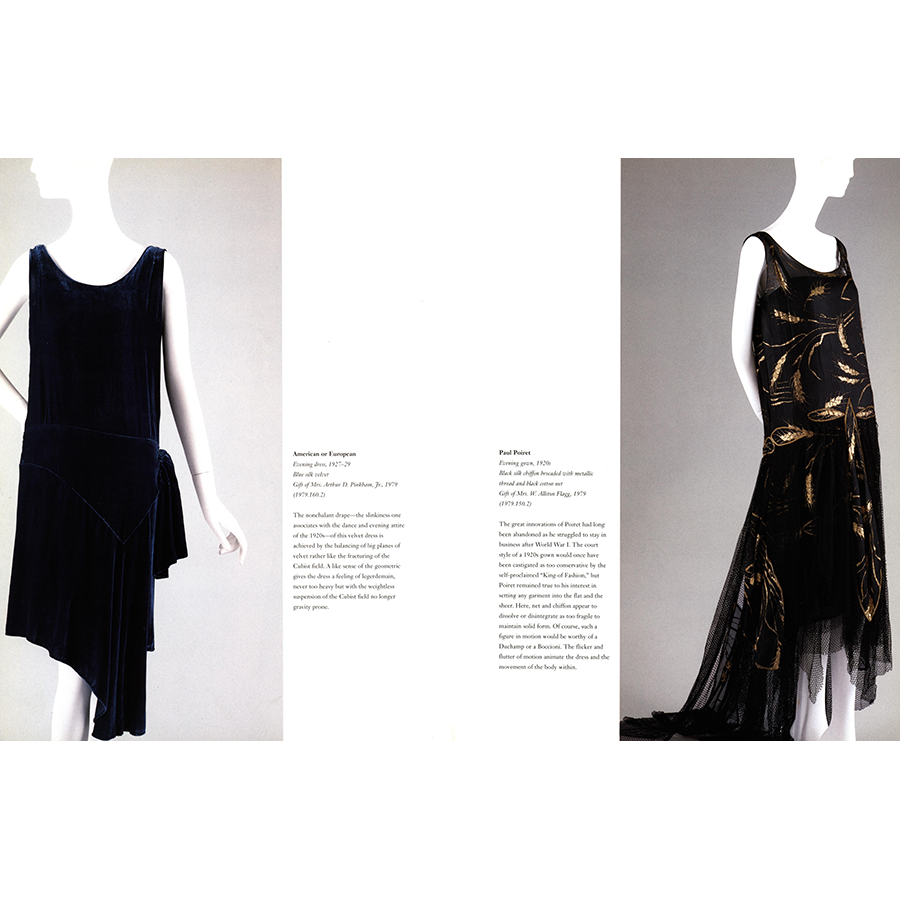
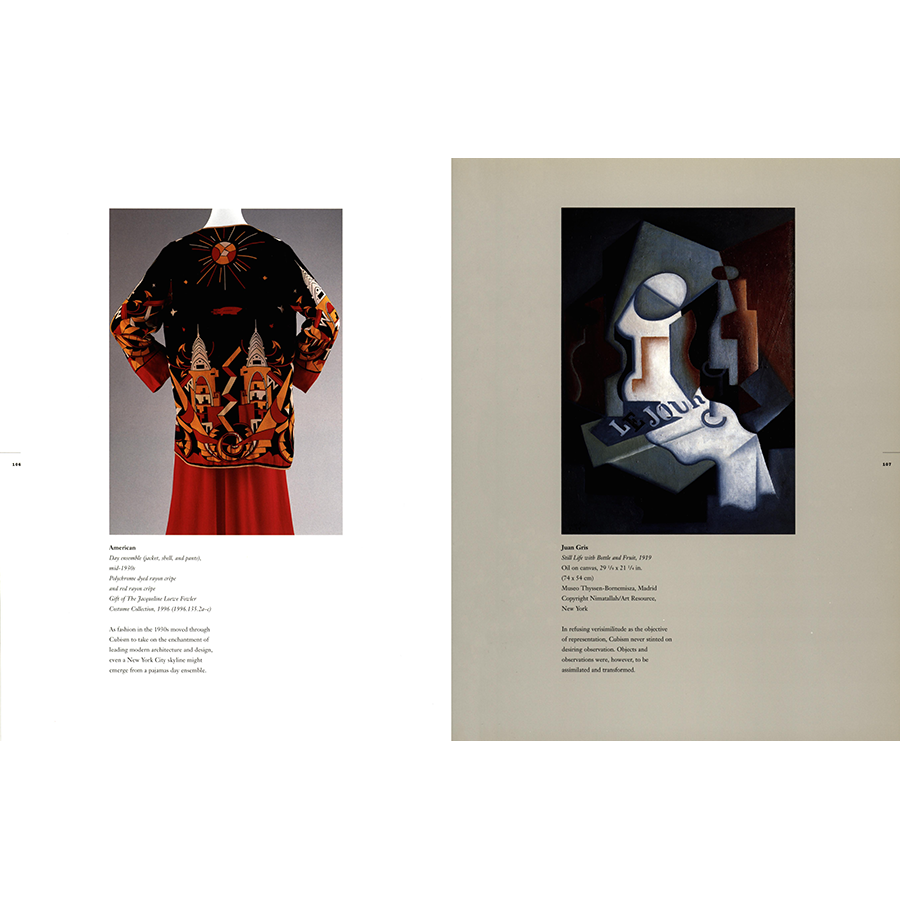

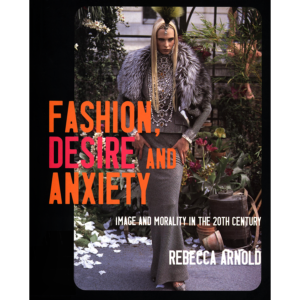

Reviews
There are no reviews yet.